The Black Echo
“…rhymes with anonymous.”
Yes, I was there, but many years have passed since it was a crime scene. In one of the cars of The Angels Flight, that delightfully quaint, 116-year-old funicular in downtown Los Angeles, a double-murder had taken place. I liked standing where Detective Hieronymus Bosch—they call him Harry—had stood while, with his savvy and practiced eye, he took in the victims, the clues, the gestalt of the crime scene itself. The City of Angels: Dee and I were on vacation with our son Eric and his wife Tracy. Tracy had planned our trip, and knowing I was a fan, she arranged, for just the four of us, a private tour of the places in and around LA where Bosch lived and worked. Angel’s Flight, The Bradbury Building. Watching the traffic from Mulholland Drive: perhaps Bosch had been standing there when he, gazing down into the city below, the endless hiss of the highways as white noise, finally reckoned the last piece of his crime puzzle—and, jumping into his Police Caprice, rushed out into the endless stream of LA traffic, hoping he would get there on time.
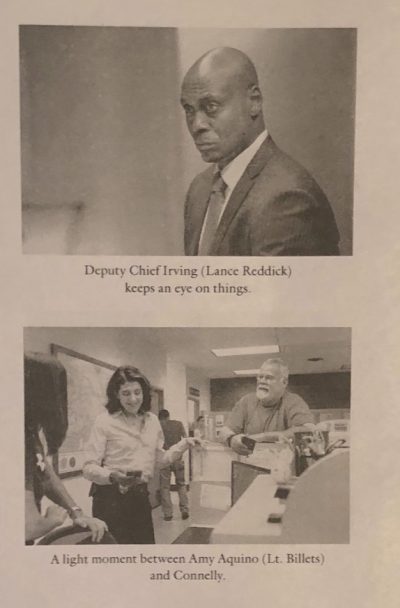 On February 6, 2014, Amazon Prime began streaming the Bosch procedurals, starring Titus Welliver, and this renewed my interest in Bosch’s dogged pursuit of justice. Over the last several years I had read a few of the books helter-skelter, but when Covid 19 came along, I decided to start at the beginning, the first installment, The Black Echo. Today I just finished Angles Flight. Six down and, at the time of this writing, thirteen to go. (Spoiler alert: In the novels Bosch sports a mustache; on Amazon he does not.) Let’s take this, then, as not only a review of The Black Echo, but rather a look at the novels of the series taken as a whole.
On February 6, 2014, Amazon Prime began streaming the Bosch procedurals, starring Titus Welliver, and this renewed my interest in Bosch’s dogged pursuit of justice. Over the last several years I had read a few of the books helter-skelter, but when Covid 19 came along, I decided to start at the beginning, the first installment, The Black Echo. Today I just finished Angles Flight. Six down and, at the time of this writing, thirteen to go. (Spoiler alert: In the novels Bosch sports a mustache; on Amazon he does not.) Let’s take this, then, as not only a review of The Black Echo, but rather a look at the novels of the series taken as a whole.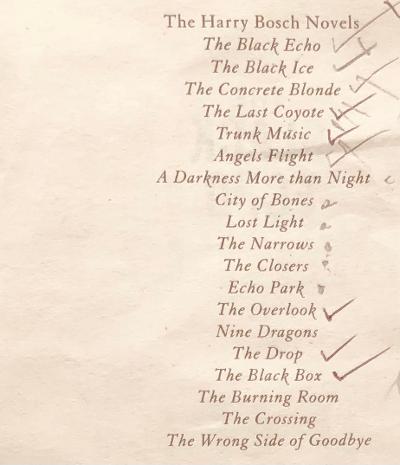
Black Echo is a strong, solid introduction to Michael Connelly’s detective. It initiates the history of Bosch: his mother’s body found near a dumpster when he was a stripling; his stints in the orphanage and foster homes; his tour in Viet Nam where he was a tunnel rat; his unrelenting skirmish with the LAPD—especially with the IAD*. We find that Bosch is frequently in scalding water because of his questionable allegiance to the department’s esprit de corps and, too, his detecting methods that too often stray from departmental regulations. The title of the book is explained as Connelly creates a leitmotif of the underground: the Vietcong tunnels, the corrugated pipe where a body was hidden, the sewers and tunnels used in the bank heist. This introduction offers up one smart, tough loner with grit and a murky streak of tenderness.
As the books progress we get more of Bosch’s history, and eventually meet his wife, daughter, friends, lovers, enemies, and demons. Various contributing characters continue from book to book, and, for the most part, are rendered believable and with varying degrees of complexity.
Two of the pleasures of reading the books sequentially are found in following Bosch’s ongoing personal history and watching as Bosch’s temperament and outlook evolve. Remember, though, that each book is self-contained, and if you were to find any one of them, in a dentist’s waiting room, say, and you were to begin the tale and get hooked, it really wouldn’t matter. Fan of procedurals and haven’t yet read Connelly’s Bosch? Right now isn’t a bad time to start: order some copies today!
*Internal Affairs Division: Policing the Police.
Note: The Black Echo was originally published in a 1992 hardback edition. The book under review is a reissued paperback. The cover advertises the Bosch videos and it includes black and white photos “from the set.”
Copyright 2020, Bill Wolf (speedreaders.info)


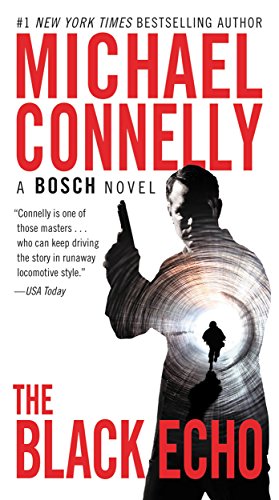

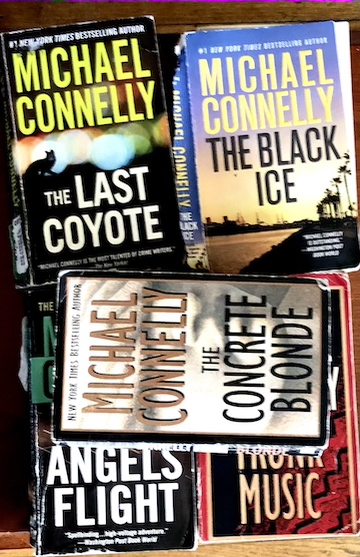
 RSS Feed - Comments
RSS Feed - Comments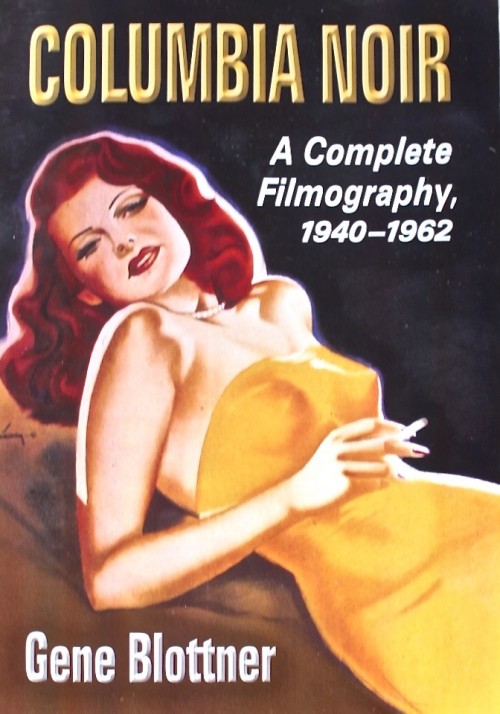
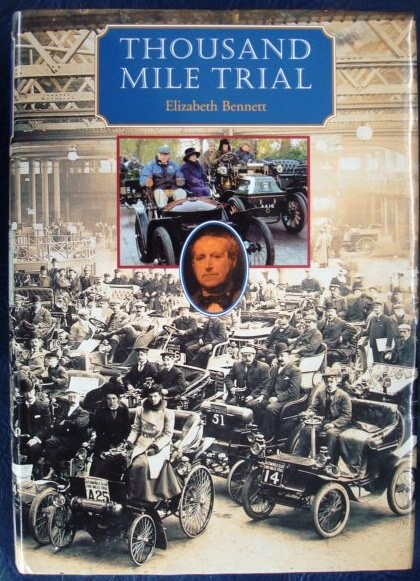



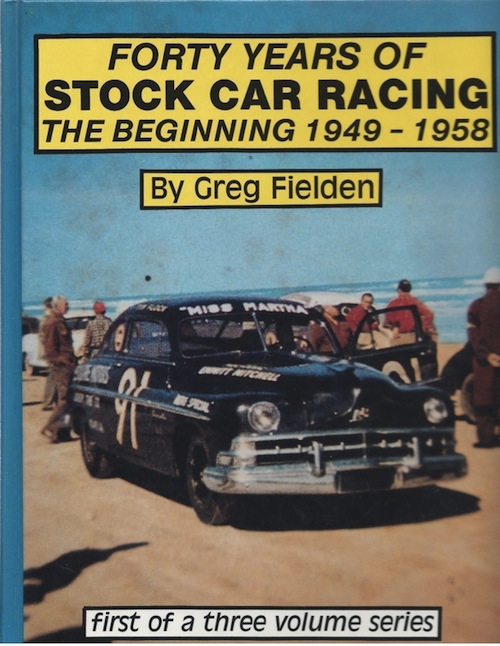
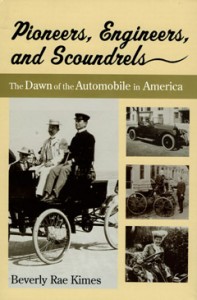


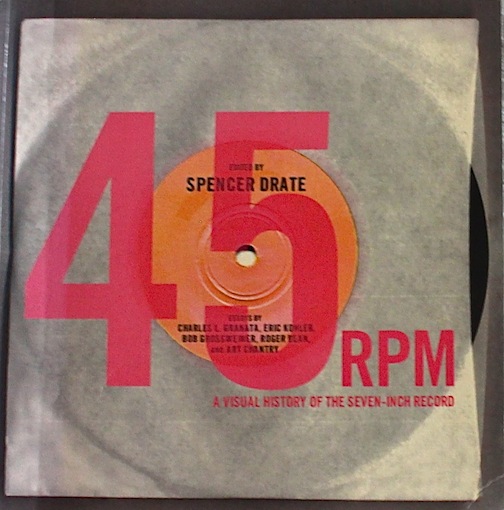






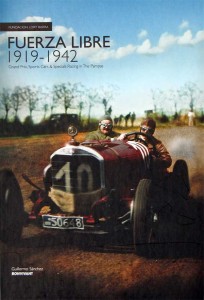

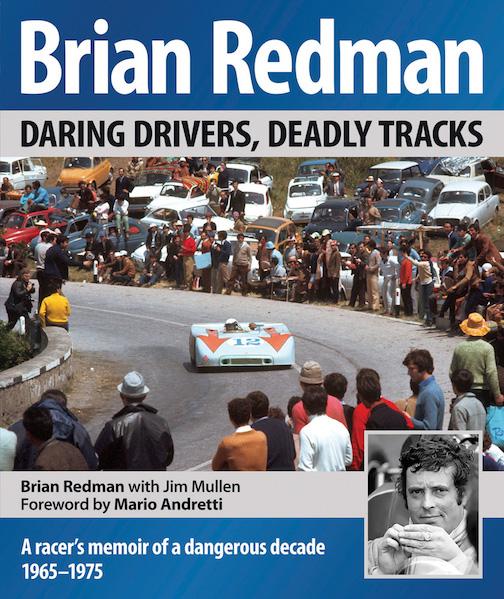
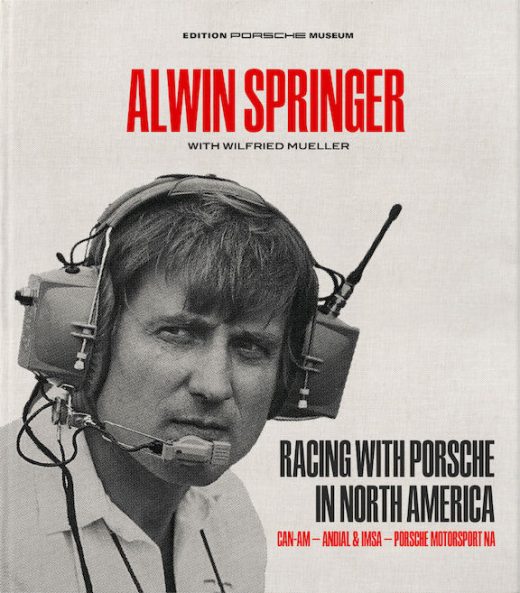
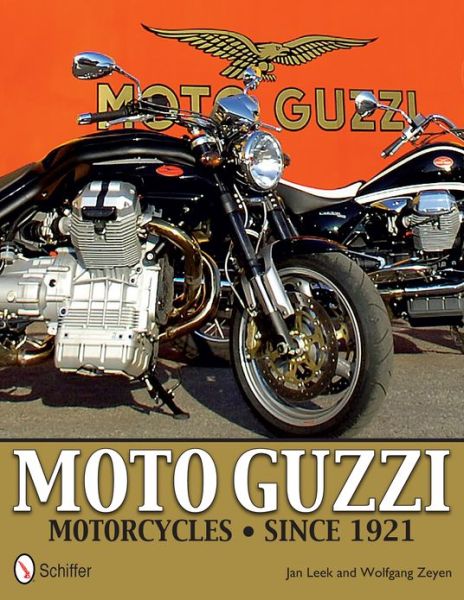






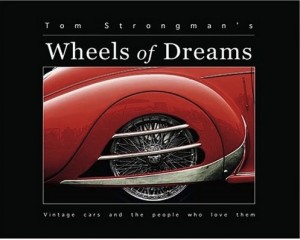




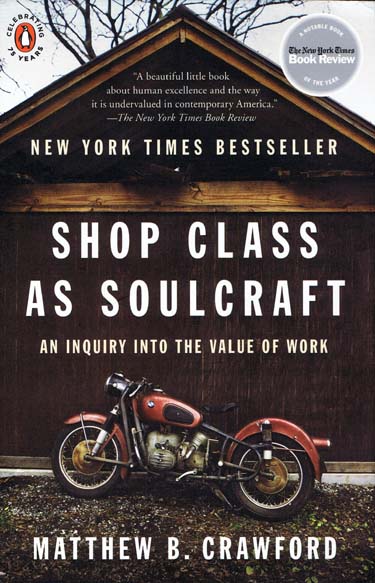
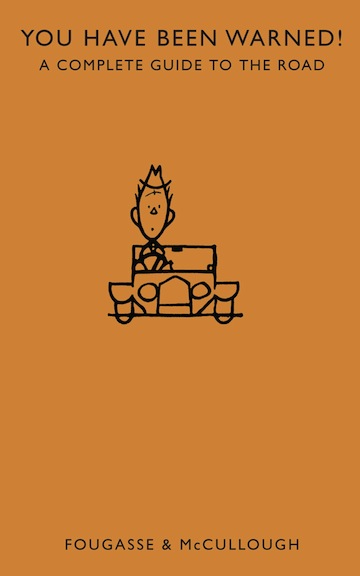
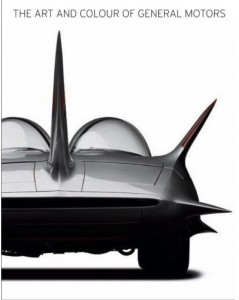
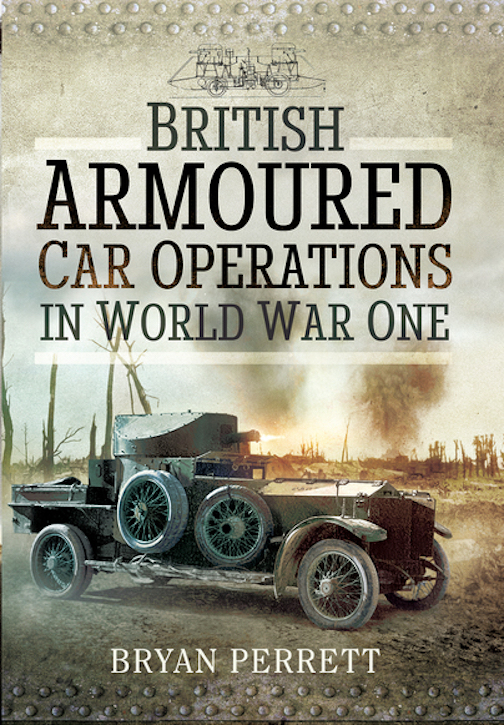

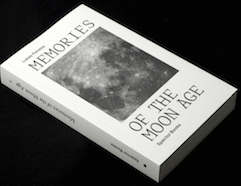
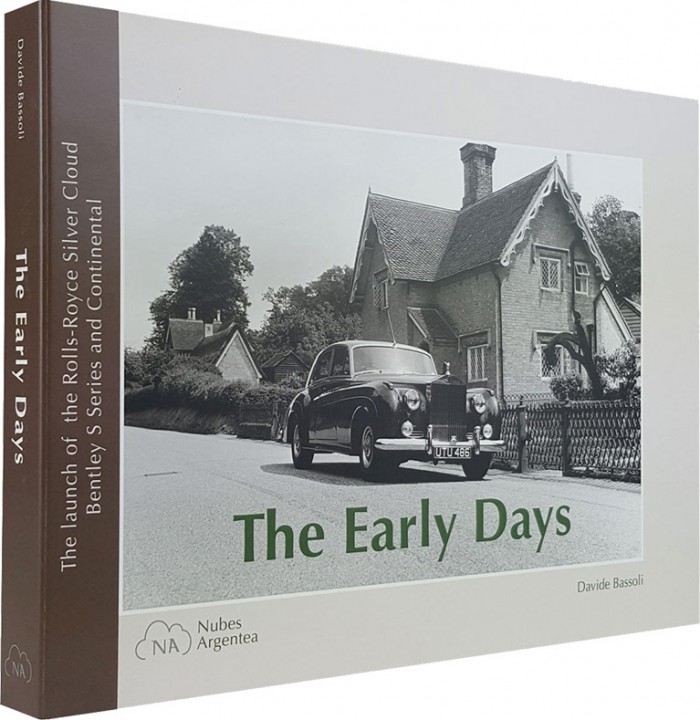





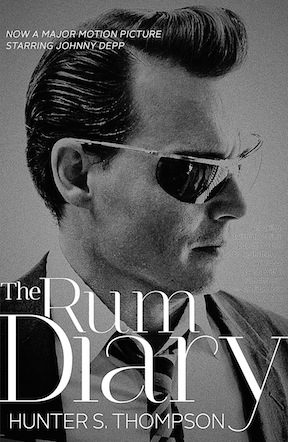
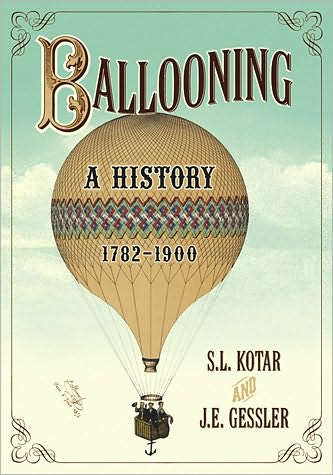




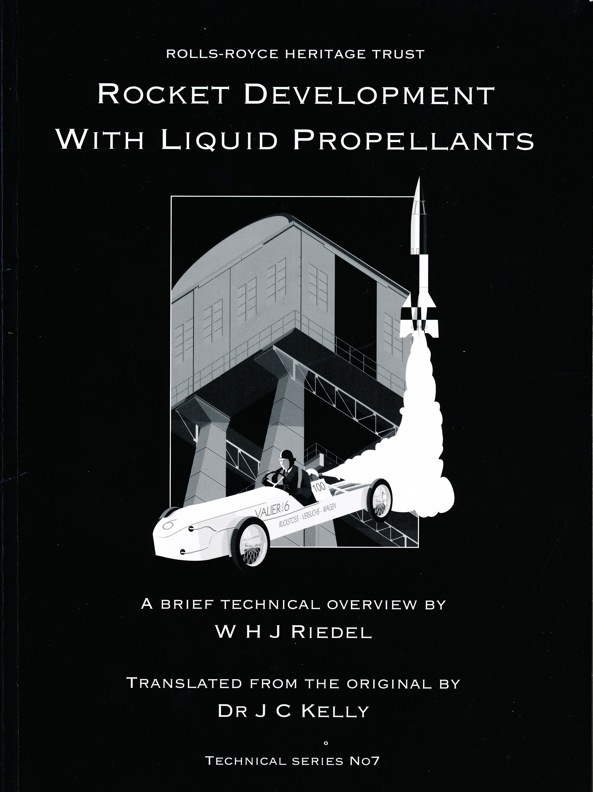

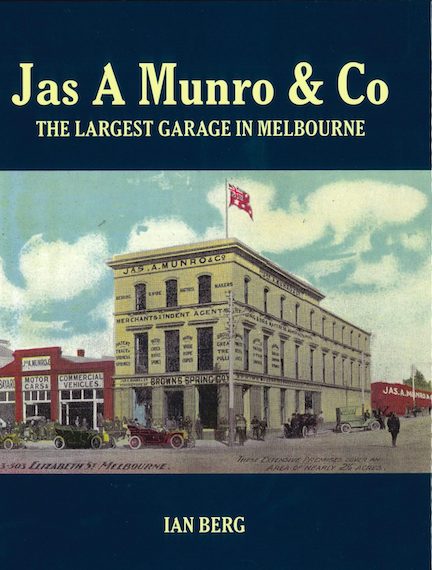
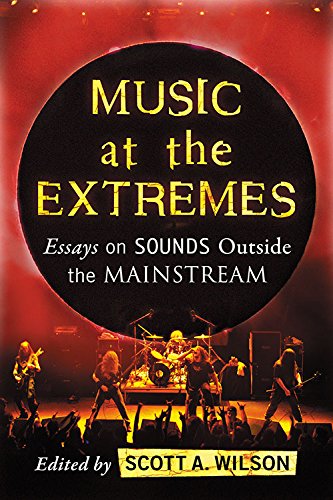

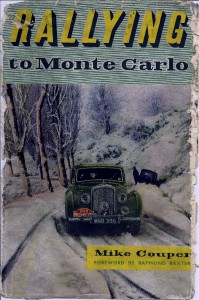

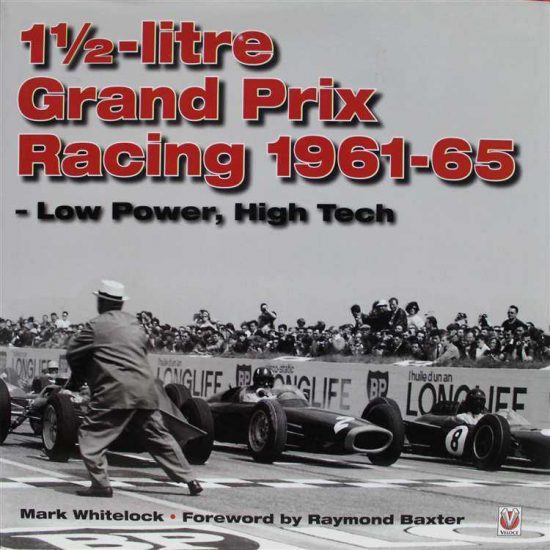


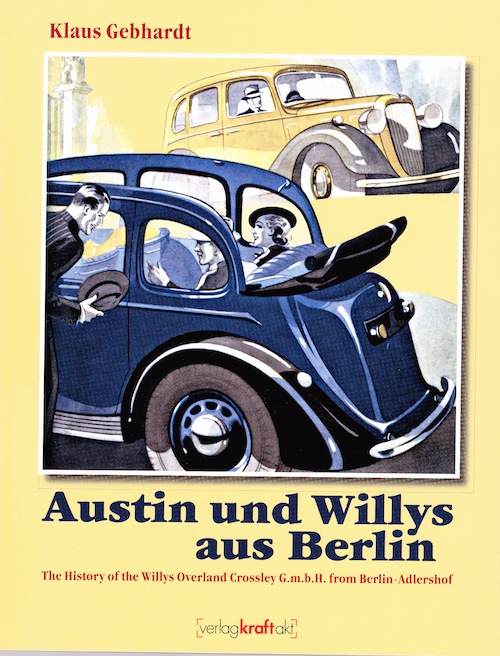
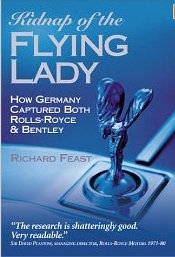

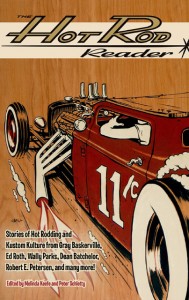


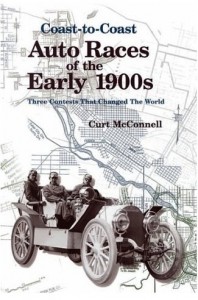

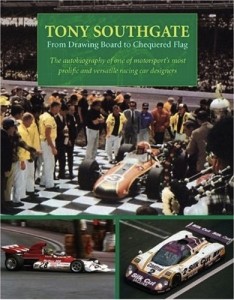


 Phone / Mail / Email
Phone / Mail / Email RSS Feed
RSS Feed Facebook
Facebook Twitter
Twitter